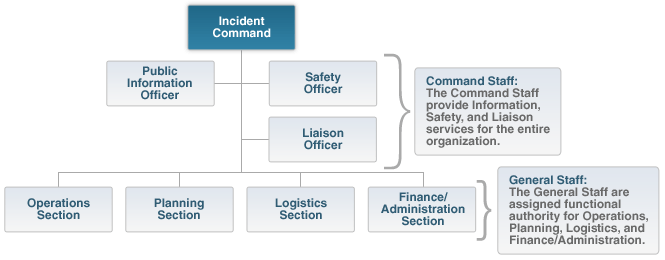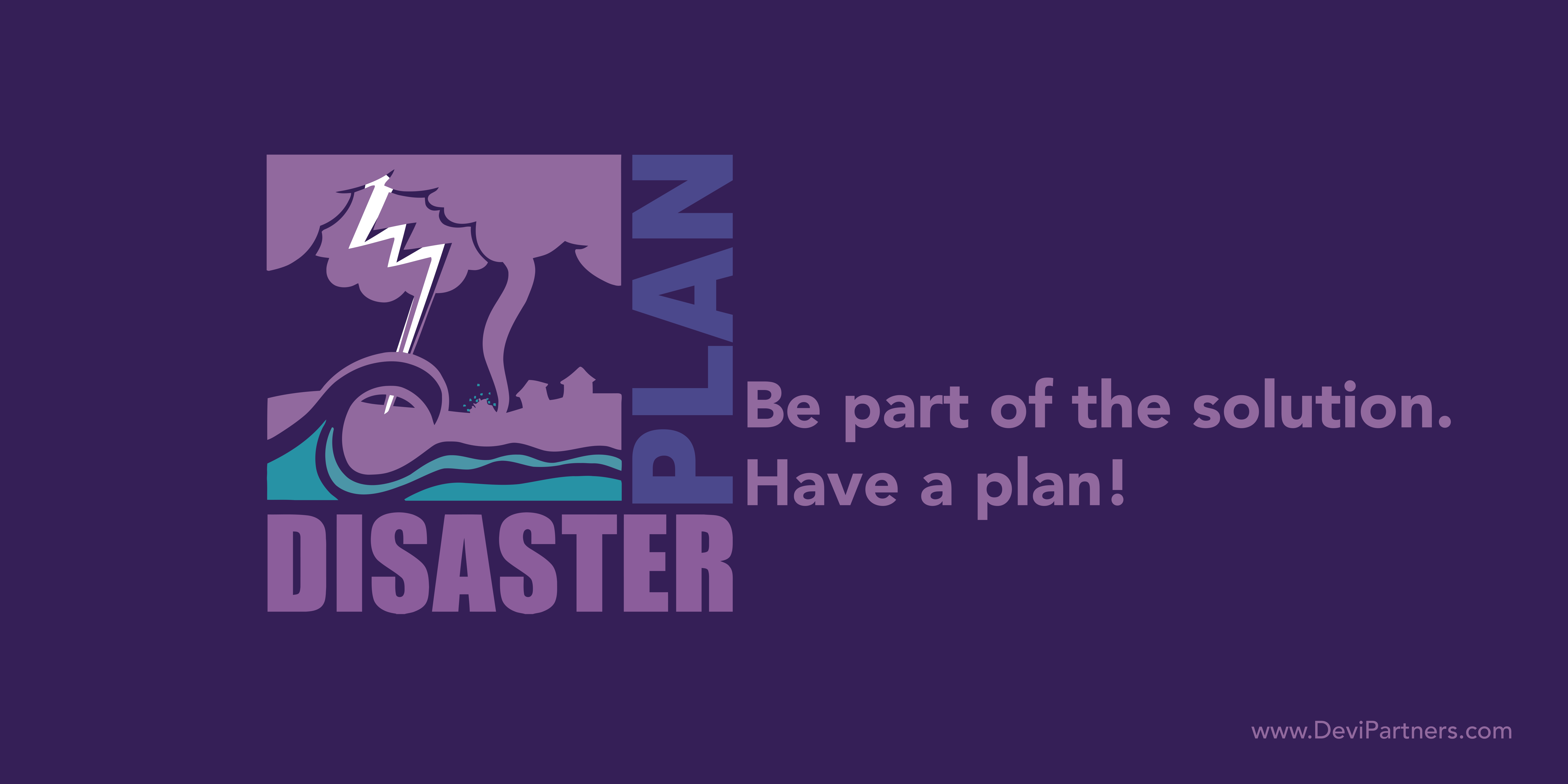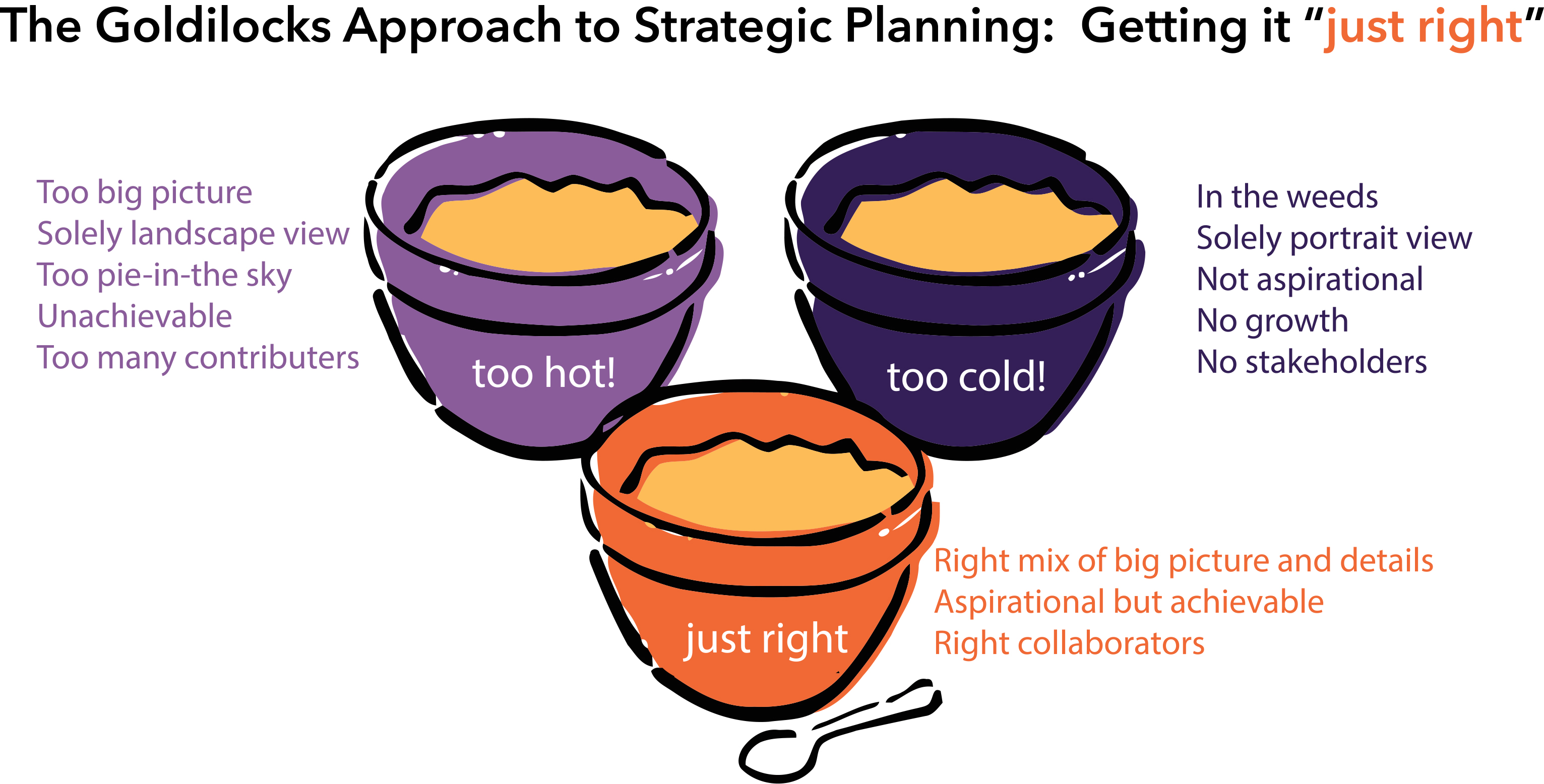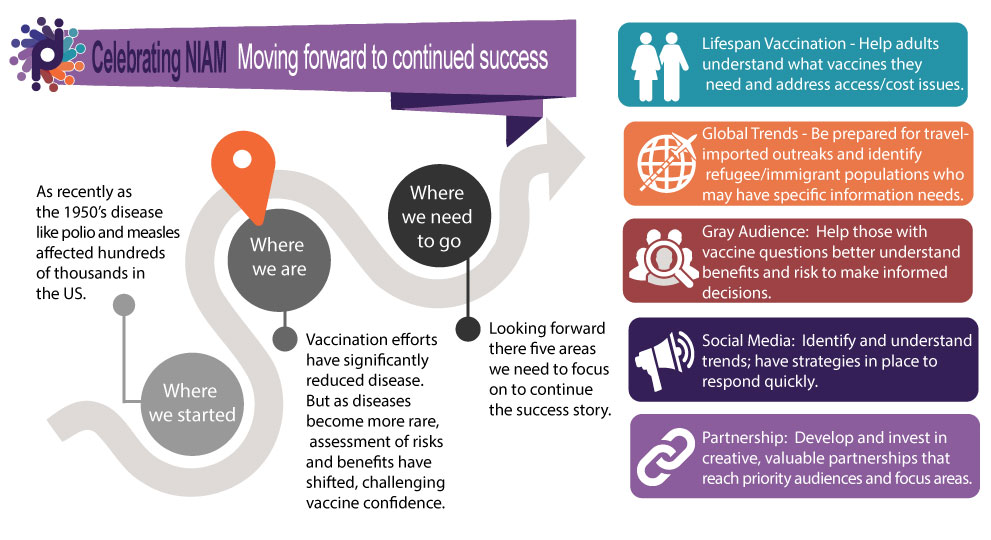The first thing to know about planning in an emergency is that emergencies are not the time to plan – they are the time to implement. Even if organizations know this, they may be caught unprepared when disaster strikes. A study in 2011 conducted by FEMA and the Ad Council found that 62% of smaller organizations did not have an emergency plan in place, and that 40% of small businesses and organizations affected by a disaster shuttered their doors and did not reopen.
Why are so many organizations unprepared? It could be an organization doesn’t have the bandwidth or resources to conduct planning or not thinking they are at risk.
A disaster can happen anywhere, at any time. In order for your organization to not only weather a disaster but also be part of the solution, you need a plan before an emergency. The only thing you can count on in an emergency is that the situation will emerge quickly and evolve as information becomes available. Organizations need to be able to scale up response activities quickly and efficiently.
Here are 5 recommendations to help make the planning process effective and efficient.
1. Be organized.
Your organization doesn’t need to spend a lot of time or resources on planning. Create a cross-functional team to work on the plan, include operations, communications, and IT at the very least. Create an outline of what the plan must have before sitting down to draft it. Identify types of emergencies your organization may face and make sure the outline would address the different scenarios.
2. Create teams.
A flat reporting structure does not work in emergencies. There is too much to do for any one leader to manage everything. Instead, there needs to be a management structure so everyone knows which team they are on, the activities of that team, and who they report to. A team structure will help an organization stand up its response activities very quickly and reduce redundancies. If you model your team structure on the Incident Command System (the example below is from FEMA), it will help your organization fit into the overarching response structure, and assist in sector collaboration across organizations and government agencies that is critical for response assistance.

FEMA Incident Command System
3. Base responsibilities on roles, not individuals.
A roles-based org chart will be evergreen even as team members change. But even with a focus on roles – take the time to identify who will currently fill those roles. Always have a primary and secondary person identified for team lead roles and make sure that refreshing people who would be on their team is built into their regular work responsibilities.
4. Develop clear, simple processes and tools.
Have easy to use checklists and detailed but simple processes so people can easily step into roles and successfully implement the plan. Remember, often emergencies give no notice and extend over days, weeks or even months. It’s crucial you have an easy plan so as people cycle in and out of the response they can easily understand what is expected of them.
5. Share the plan.
Don’t put it on a shelf and forget it. Share it with everyone in your organization. Find ways to refresh staff on the plan. For example, incorporate it as a key point of discussion once a quarter in staff meetings or have a cross organization preparedness working group that meets regularly and presents to teams annually.
Here are some great online resources that can help your organization be prepared:
- FEMA National Preparedness Training
- Preparedness Planning Tools for Businesses
- Crisis and Emergency Risk Communications
- Community and Workplace Preparedness Tools
A small investment in planning can protect your organization and those it serves in times of crisis. Be part of the solution – have a plan!







